The Ruins of Mỹ Sơn
About an hour southwest of Hoi An, is the archaeological site of Mỹ Sơn: the religious and ceremonial center of the Champa people, who once ruled central and southern Vietnam. With ruins dating between the 4th and 13th century AD, no less an authority than UNESCO describes the monuments of Mỹ Sơn as “unique and without equal in Southeast Asia“.

We arrived early and spent the entire morning walking around Mỹ Sơn. Set within a forest, surrounded by hills, and populated by the crumbling ruins of an enigmatic, ancient culture, the site couldn’t be more atmospheric. It was evocative of our visits to Mayan sites in the Yucatán Peninsula: experiences we really loved. There’s something poignant about places like this. Walking around the vestiges of a fallen civilization makes you feel small, and more aware of the scale of human history. It puts things in perspective.
The Champa civilization lasted for over sixteen thousand years. In comparison to that, the history of my country, the USA, is nothing! In terms of longevity, we are dwarfed by this Southeast Asian kingdom I’d never even heard of, three months ago.

But we Americans have made damn well sure they’ve heard of us! Or at least, that their ghosts have. For reasons that defy decency or logic, the US carpet-bombed the ruins of Mỹ Sơn, during the war. In just a few days, we destroyed the irreplaceable temples and monuments of a lost civilization, which had survived intact for centuries. Contemplating the massive craters left by B-52 bombing raids, I felt physically sick. What could we have had to gain by this? Why target the cultural heritage of Vietnam? Honestly, it’s no better than what ISIL has done in Palmyra. If we’re outraged by one, how can we forgive the other?

Luckily, plenty of ruins escaped the bombs or were just partially damaged, so a visit to Mỹ Sơn is still worthwhile. The Cham built their temples in red brick, onto which they would carve their artwork and designs directly. They wrote in a Sanskrit-based script, and recorded the accomplishments of their kings on stele, some of which have survived into the present day. The temples of Mỹ Sơn were dedicated to Shiva, the Hindu god of destruction and creation, and you can still find a few examples of the phallus-shaped linga which was his physical manifestation.
The oldest finds at Mỹ Sơn date from the 4th century, but the site is truly remarkable for its different “groups” of ruins, each of which belongs to a different time period and represents a distinctive style in the evolution of Cham art. Group E1, the first set you encounter when entering the site, dates from the 8th century, but has been mostly reduced to rubble. The most impressive surviving monuments are those of Group A1, which were created in the 10th century, during the apex of Cham civilization.
A visit to Mỹ Sơn pairs nicely with a trip to Danang’s Museum of Cham Sculpture, which protects many of the site’s most important pieces. But regardless of your prior knowledge of the Cham people, you’re almost guaranteed to have a positive experience here. Mỹ Sơn is a beautiful and important place, and should be considered an essential day trip from Hoi An.
–Don’t Travel To Vietnam Without Travel Insurance

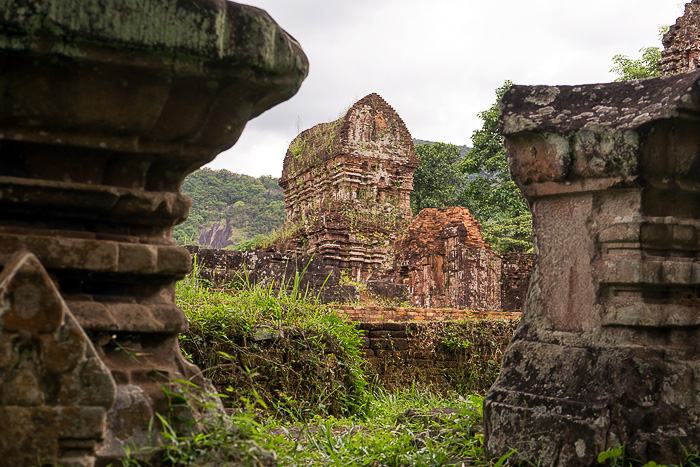






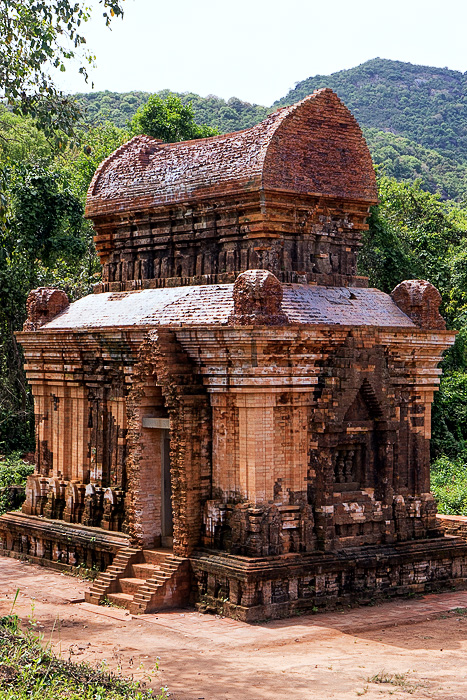















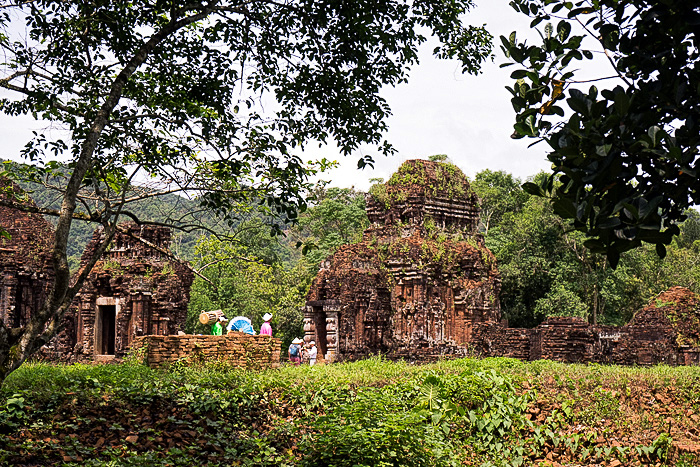













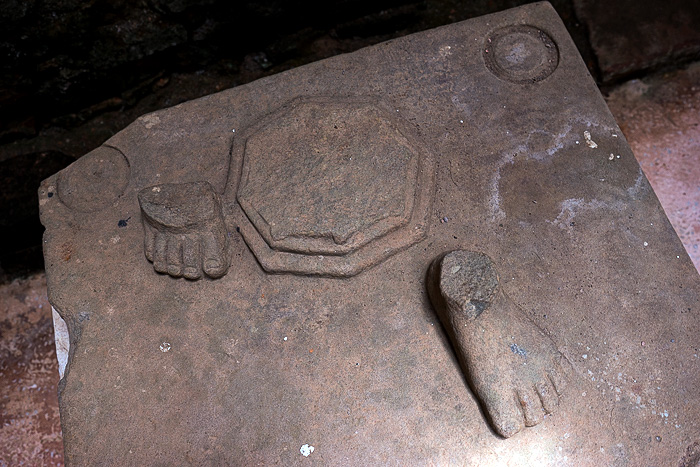












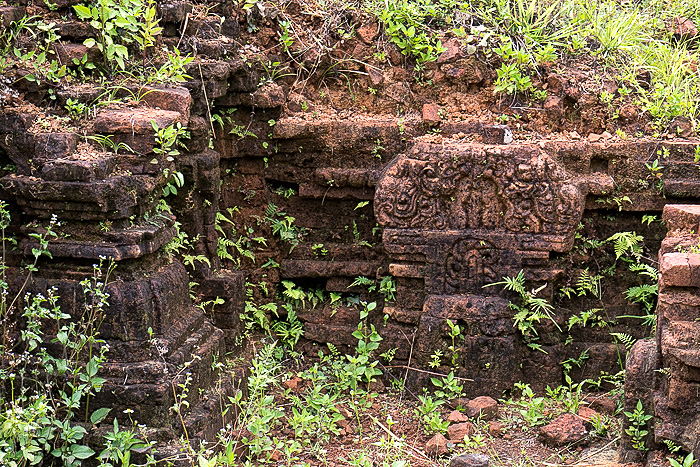




Pingback: Danang's Museum of Cham Sculpture | Hanoi For 91 Days